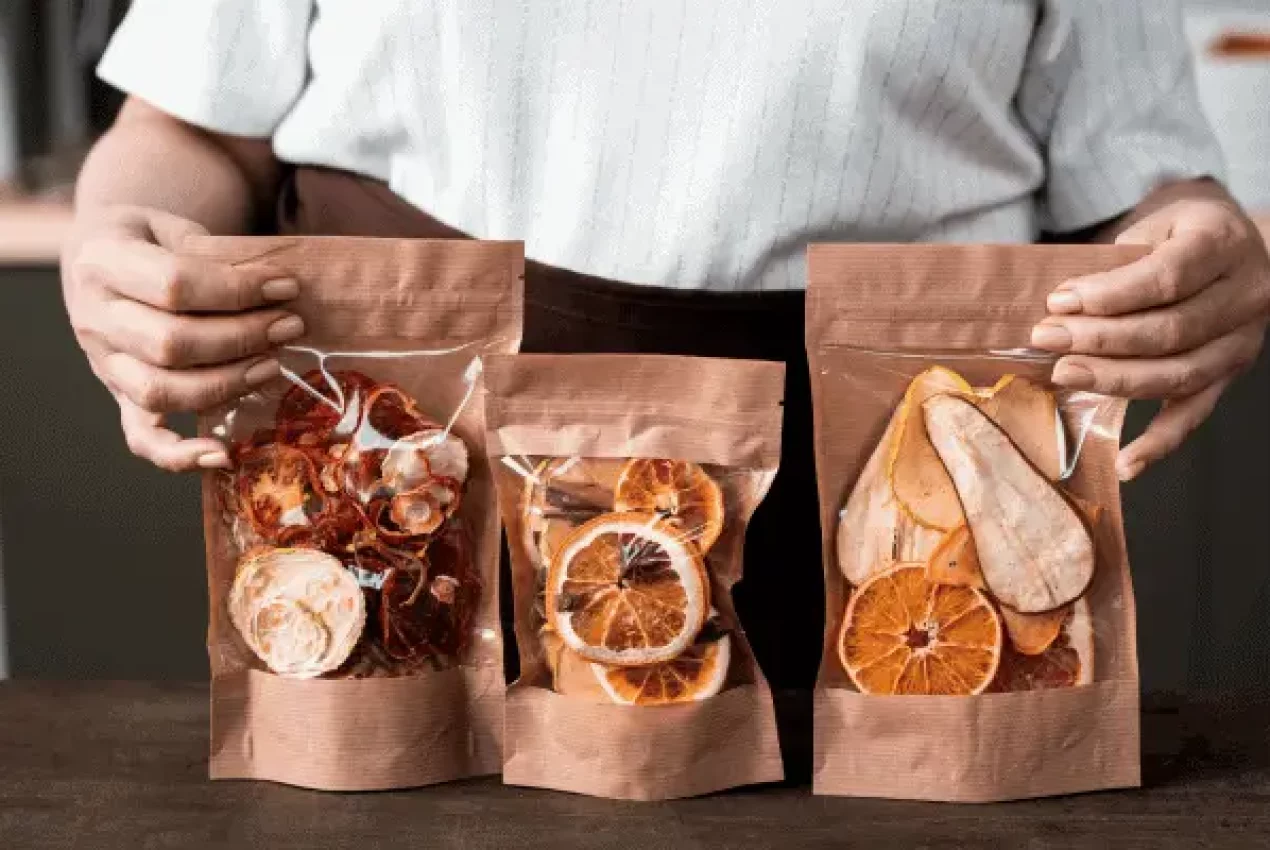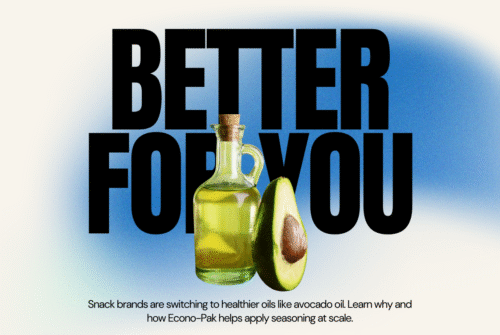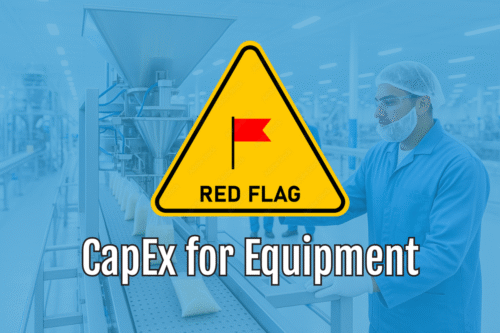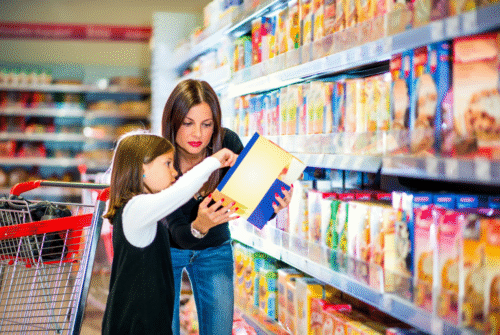Top 10 Most Popular Dry Food Packaging Options
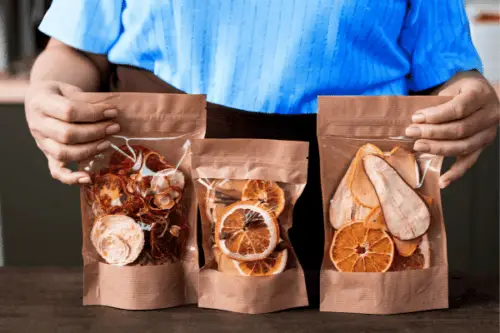 The reality of today’s fast-paced economy means consumers demand convenience in every facet of life, including the ability to easily store, transport, and consume various dry foods. Packaging plays an important role in the convenience, shelf life, and freshness of cereal, chips, nuts, pasta, and more.
The reality of today’s fast-paced economy means consumers demand convenience in every facet of life, including the ability to easily store, transport, and consume various dry foods. Packaging plays an important role in the convenience, shelf life, and freshness of cereal, chips, nuts, pasta, and more.
Packaging types also affect consumer purchasing decisions. In this blog, we’ll discuss the 10 most common dry food packaging options and why they’re favorites among consumers.
Factors Influencing Dry Food Packaging Popularity
There are many factors that make certain types of packaging for dry food better than others.
Food safety is the top priority when it comes to food packaging. Preservation and shelf-life are particularly important features, both in stores and in the homes of consumers. Throughout the supply chain, effective packaging should protect dry goods from moisture, air, and light to extend product shelf life.
Convenience and portability are also essential to meet the needs of modern consumers. On-the-go lifestyles require packaging that is easy to open, close, and transport throughout the product lifecycle. At the same time, the packaging should be cost-effective—it shouldn’t substantially add to the product’s cost.
Other factors have to do with certain consumer preferences. Eye-catching product packaging attracts immediate attention on crowded store shelves. Furthermore, increasing environmental awareness has made sustainable and eco-friendly packaging more important to consumers. Sustainable packaging materials that are biodegradable, recyclable, or made from sustainable sources appeal to consumers because such packaging helps consumers feel like they are having a positive impact on the environment.
The Top 10 Most Popular Dry Food Packaging Options
Dry food packaging needs to be durable and preserve product shelf-life. These popular dry food packaging options appeal to consumers for different reasons.
- Resealable stand-up pouches: Popular because they’re easy to reseal, store, and display, stand-up pouches take up minimal shelf space and create minimal environmental waste. They are used for a variety of products, including coffee, snacks, and dried fruits.
- Ziplock bags: Low cost, easy use, and wide availability make ziplock bags one of the most preferred packaging options. They are commonly used to portion and store various snacks or sandwiches.
- Cardboard packaging: Sturdy, highly customizable, and eco-friendly, cardboard packaging is well-suited for store shelves and consumer homes. Common uses include individually packaged and bulk-packaged snacks and foods, like granola, cereal, and crackers.
- Tin tie bags: Featuring a built-in paper-covered wire at the top, tin tie bags are easy for users to fold up and down to open and reseal. These eco-friendly, versatile bags are commonly used for bulk foods and specialty coffees.
- Vacuum-sealed bags: One of the best ways to retain freshness, vacuum-sealed bags are used to store a variety of freeze-dried foods and spices.
- Plastic containers: Popular for their durability and airtight seal, plastic containers are ideal for extending product shelf life. Their reusability also makes them ideal for eco-conscious consumers. Common uses include pet food, cereal, and snacks.
- Paper bags: A long-standing favorite for their eco-friendly, lightweight, and customizable properties, paper bags are commonly used for bakery items and bulk goods.
- Foil packets: Commonly used for instant coffee and other powdered products, foil packets are in demand for their excellent barrier properties and because they’re lightweight.
- Glass jars: Although they require special care to avoid breakage, glass jars are prized for their aesthetic appeal, reusability, and recyclability. Glass jars are often used for spice packaging and can be reused for nuts, grains, flour, and more.
- Flexible packaging films: Ideal for snacks, these packages are lightweight, customizable, and cost-effective. They are frequently used to package items like popcorn, chips, and dried fruit.
Emerging Trends in Dry Food Packaging
While some packaging options are long-time popular choices for practical reasons or visual appeal, several emerging trends are shaping the future of dry food packaging. Smart packaging, sustainable packaging, minimalist designs, refillable packaging, innovative shapes and sizes, and personalized packaging are gaining popularity, as they address the evolving preferences of consumers.
Learn More About Dry Food Packaging
While there are many dry food packaging options available, not all of them will be suitable for your dry food product. With over 40 years of experience in the food packaging industry, Econo-Pak can help you develop or select the ideal packaging for your particular product. Learn more about the most popular dry food packaging materials, and request a quote today to start your packaging solution.
Let's start scaling.
Is your demand outpacing your ability to package your own product? Then consider outsourcing with Econo-Pak.
With over 40 years of experience working with both small brands and Fortune 500 companies, we are capable of handling your specific dry food product.
Get in touch with our team for a fixed-price quote for your project.

